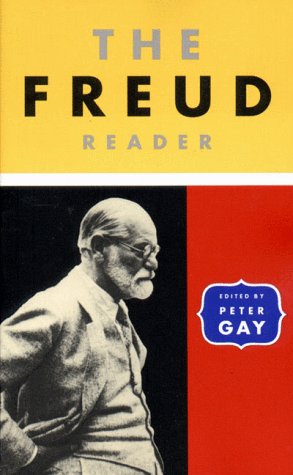"The opposite of play is not what is serious but what is
real."
"Writing is a little
door," Susan Sontag
wrote in her diary. "Some
fantasies, like big pieces of furniture, won’t come through."
Sigmund Freud – key figure in the making of consumer culture,
deft architect of his
own myth, modern plaything
– spent a fair amount of his career exploring the psychology of dreams. In 1908, he turned to the
intersection of fantasies and creativity, and penned a short essay titled "Creative Writers and
Day-Dreaming," eventually republished in the anthology The Freud Reader
(public library).
Though his theories have been the subject of much controversy and subsequent
revision, they remain a fascinating formative framework for much of the modern
understanding of the psyche.
Predictably, Freud begins by
tracing the subject matter to its roots in childhood, stressing, as Anaïs Nin
eloquently did – herself trained in psychoanalysis – the importance of
emotional investment in creative writing:

No comments:
Post a Comment